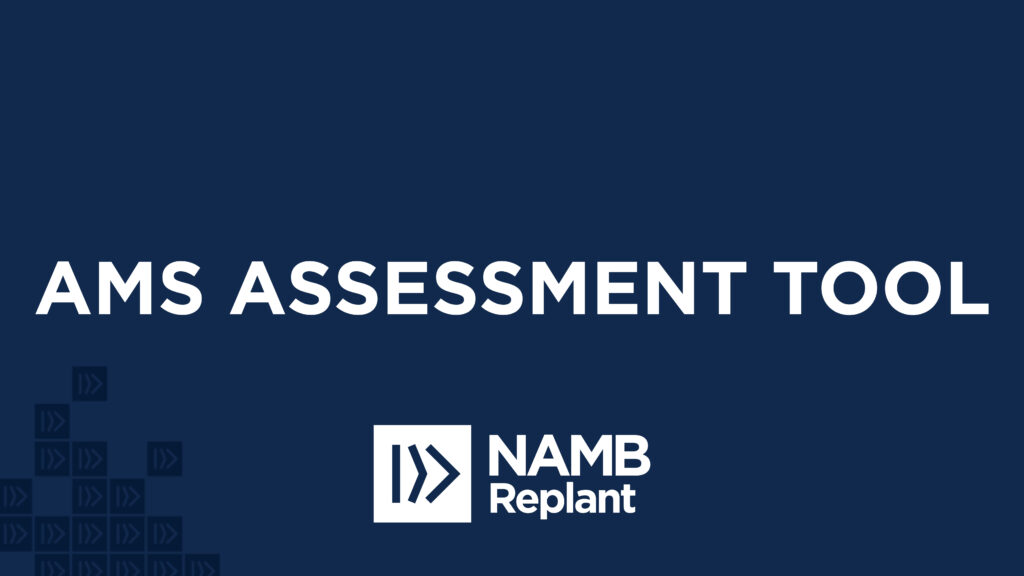From Mark Clifton and JimBo Stewart
Replanting often involves adoption: A healthy church enters a conversation with a declining church so that two congregations, each with different stories, can prayerfully unite to reach a community for the glory of God.
Let’s say, for example, Redemption Crossroads Church, a new congregation meeting in a school cafeteria, enters an agreement with First Baptist Church, which has a building but only a handful of people. Redemption Crossroads has no building but does have a huge community presence and close to 200 people. The plan is for the new church to adopt the older one and move into their building.
What happens, however, is more than one church just adopting another. Adoption actually creates a new entity
An adopting church just doesn’t absorb the other one. Rather, it brings in those people with their culture, corporate identity, history, experiences and story. That changes both the new church and the old one. What comes out is something new and different.
Both groups, however, must know each is going to lose something and gain something. Both must decide whether the potential gain is worth the losing and gaining. The two churches begin the adoption process in prayer and with a posture of humility.
When you can bring two generations together, not based on preferences but on the love of Jesus, that’s glorious! This is hard work. It’s not easy, but if we follow the Lord’s leading, it can be great.
All that sounds good, but what does the adoption process look like? How do you get from entering the adoption conversation to the end of the process? How do you navigate the conversation?
Those are important questions and we are excited to introduce a new free resource that we hope will help simplify the adoption conversation process.
The purpose of the adoption process is to prayerfully explore God’s direction regarding one church adopting another. This resource will help a church and its leadership navigate alignment with another congregation during adoption.
Adoption is a significant and sacred undertaking that requires careful thought, prayer, humility and open communication. This new resource is designed to guide both churches through a structured process with a facilitator, ensuring that each aspect of the potential adoption is carefully considered.
The process is divided into six stages that represent different levels of exploration and discussion, beginning with prayerful preparation and culminating in the details of daily operations and the final decision.
While every adoption process is unique to the churches involved, there is a common path forward. We hope the Church Adoption Alignment Process resource will help you on the path toward vitality.
For a more in-depth discussion of this subject, we recommend a corresponding episode of The Replant Bootcamp Podcast, which focuses on navigating alignment in church adoptions.
The free Church Adoption Alignment Process resource can be downloaded here.
Published September 5, 2024




